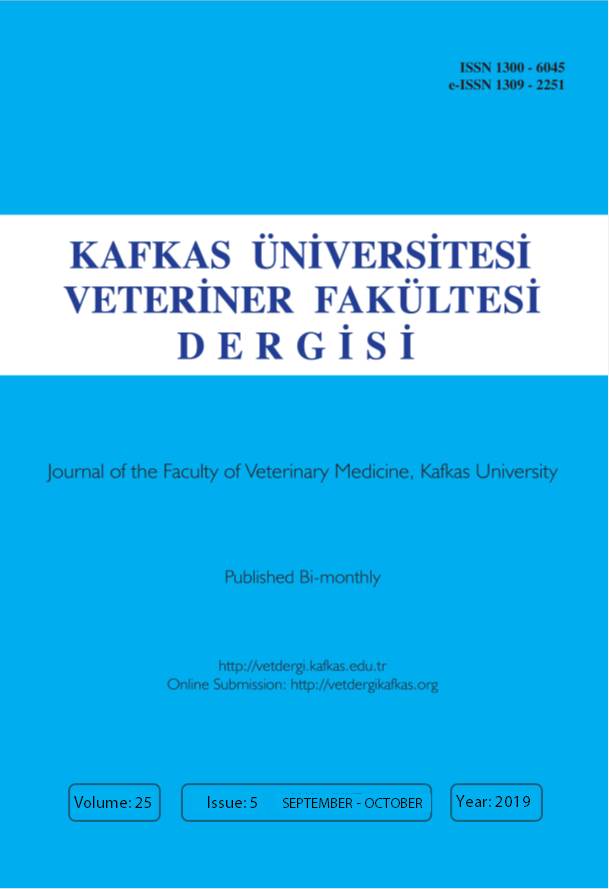
This journal is licensed under a Creative Commons Attribution-NonCommercial 4.0 International License
Kafkas Üniversitesi Veteriner Fakültesi Dergisi
2019 , Vol 25 , Issue 5
Study on the Antibody Level Differences of PED IgG and IgA, TGE IgG and PoR IgG After Immunization with Different Porcine Viral Diarrhea Vaccine Combinations
1Institute of Animal Husbandry and Veterinary Medicine, FuJian Academy of Agriculture Sciences/ Fujian Animal Disease Control Technology Development Center, Fuzhou 350013, CHINA
DOI :
10.9775/kvfd.2018.21183
To prevent porcine viral diarrhea, a vaccine combination that can provide good antibody levels needs to be determined. In this study, we screened 30 pregnant sows divided into six experimental groups, namely, five immunized groups and one control group, to investigate the antibody level differences of different vaccine combinations on porcine epidemic diarrhea (PED), porcine transmissible gastroenteritis (TGE), porcine rotavirus (PoR) IgG, and PED IgA. The antibody level was detected by ELISA. Results showed that the antibody levels of PED and TGE IgG in serum and PED IgA in breast milk of the "PT+PT*" vaccine combination group were higher than those of the other groups, and vaccine combination including "PTR" could stimulate the sows to produce PoR IgG antibody. These findings revealed that the vaccine combination of "PT+PT*" is optimal for preventing porcine viral diarrhea, and "PTR+PT*" may be an alternative option in areas under PoRV infection risk. This study suggested that pig farms should select suitable immunization on the basis of the local epidemic situation of porcine viral diarrhea.
Keywords :
Antibody level differences, Porcine epidemic diarrhea IgG and IgA, Porcine transmissible gastroenteritis IgG, Porcine rotavirus IgG, Vaccine combination, ELISA detection










